By Douglas W. Cornwell —
In 1858, Newark Valley artist and taxidermist, George Byron Sutton (1833-1901), painted a landscape view of Newark Valley as it existed at that time. From atop a hill on the southeast side of the village, Sutton gave us a depiction of the view of the village. This painting was displayed on a postcard in 1907.
The person responsible for the postcard was Myron L. Williams (1855-1942). The postcard is all that remains of the painting, as it was destroyed by flooding while in storage at the Tioga County Historical Society Museum, located on Front Street in Owego and along the Susquehanna River.
Amid Sutton’s other work, he created the 1858 painting of the Newark Valley landscape. The copy of the 1907 postcard with the painting is provided. Both the original and the post card with annotations made by the author of this article, about the streets, buildings, and historical notes regarding what existed in 1858, are provided with this article.
This is a stark reminder of how Newark Valley, with ingenuity and hard work, developed over time into a bustling community. The community advanced from the near-wilderness conditions of 1858 to what we have today. In the accompanying photo, one will follow the path along Main Street, north of Water Street. The painting shows what was called the Moses Pond. The pond was a man-made one when the Moses Dam was built.
Today, there are business operations in that area including Fortunato’s Restaurant, an ice cream stand, Family Dollar Store, and Hollenbeck’s ShurFine Supermarket.
In this 1858 landscape depiction, one will notice a tannery and various mills, which first opened this area to expansion. This movement to the current village area happened after the first settlers moved south from Brown Road (Brown’s Settlement) to form Westville (named Newark in 1824 and finally Newark Valley in 1862). Other settlers moved northward from Brown’s Settlement to Berkshire and Richford, as well as other areas.
In the 1858 painting, on the west side of the east branch of the Owego Creek, one can see Whig Street, but there are no other streets on that side of the creek.
Along Main Street, one can see two churches. The church at the bottom of the photo is located where the current Methodist Church is located. The building in the painting was moved near Brook Street and its intersection with Main Street in 1883 when the current Methodist Church building was erected. In that location, the building served as an opera house. Not only were there operatic and other performances held in the building, it also served as the auditorium for the high school on Park Street, which was built in 1887 on the site of the Lincoln Hotel. The hotel was torn down when the new high school was built. Besides opera and other productions, the High School Commencement exercises were held there. It included some other entertainment and recreation, including roller-skating.
Further up the street is the Congregational Church (today 32 South Main St.). The building in the painting was the one moved from Brown Road (Brown’s Settlement) to the location on Main Street where the current church building is located. That was accomplished in 1832. Just north of the church building, on the same side of the street, is the site of the present-day chapel building. It was the site where an Ezbon Slosson home, mentioned in part 1 of this series, was built in 1795.
The Congregational Church building in this landscape painting was moved one more time, in 1868, from the location on Main Street to the corner of Brook and Rock Streets (then East Water Street) when the congregation decided to build a new church building. The event happened after the Sutton painting was completed.
The building that was moved to Brook and Rock Streets became Allison Hall and was used for a community center for traveling shows, opera, elections, and other activities. Allison Hall was also used for parishioners of St. John the Evangelist Roman Catholic Church until that church building was erected just east of where Allison Hall once sat. Allison Hall was torn down at the turn of the 20th Century and the wood was used to build several homes along Brook Street.
The current Congregational Church building, erected in 1868, and current chapel building, erected in 1895, are now being used as a Community Center, in addition to church services.
Just to the north and on the opposite side of the street from the Congregational Church is the home of Congressperson William Slosson Lincoln. Once elected in 1865, Congressperson Lincoln sold the property and moved to Washington, D.C.
This visual depiction may help readers who are familiar with earlier historical writings in this newspaper. The visual can also help readers understand all the other locations within the village, as it existed in 1858. The books used for reference are as follows: Purple (1937) book, Newark Valley Historical Society photo history (1976), and Mullen (2008) book.
In the hope of “resurrecting” the landscape painting in its original colors, we can perhaps better understand what Newark Valley looked like in 1858. In the meantime, we can rely on this picture postcard of 1907, even if it is in black and white.
The author may be contacted at bibsinger12@aol.com.
Information about books used in this article.
Mullen, Virginia H. (2008). An updated history of the village of Newark Valley, N.Y. 1792-2008. Newark Valley, N.Y. : The author.
Newark Valley Historical Society, compiler. (1976). The photo history of Newark Valley. Newark Valley, N.Y. : The authors and compilers.
Purple, Gilbert E. Purple. (1937). As we remember the Village of Newark Valley. Newark Valley, N.Y.: Tioga County Herald Printing.

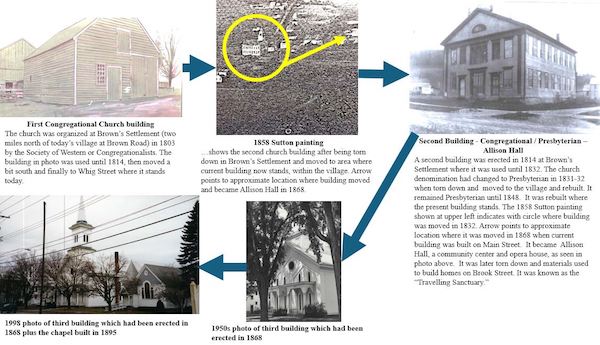
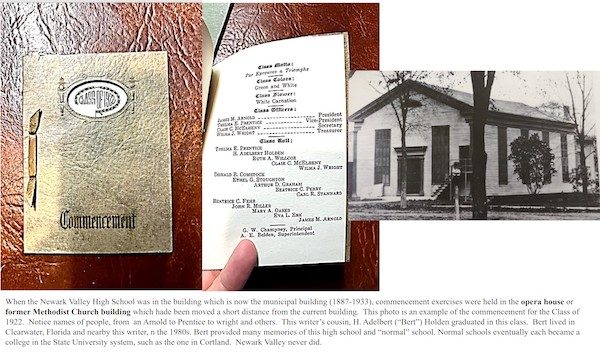
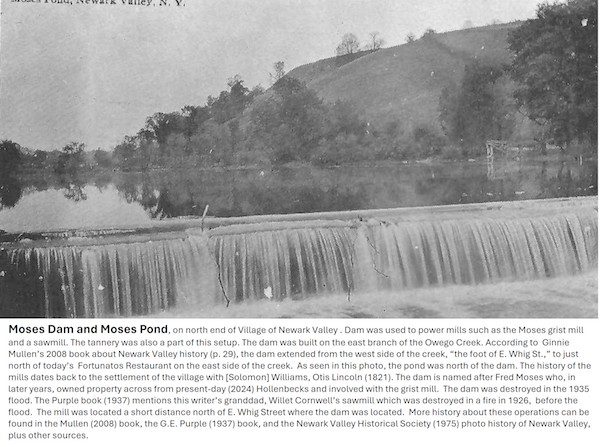
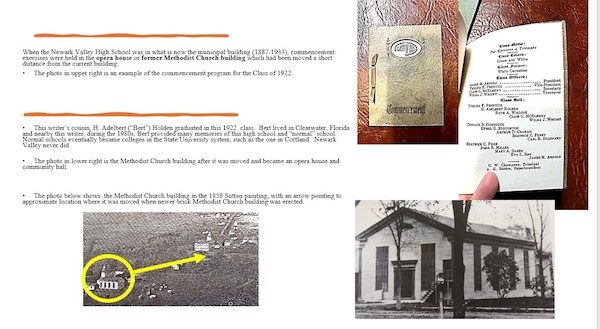
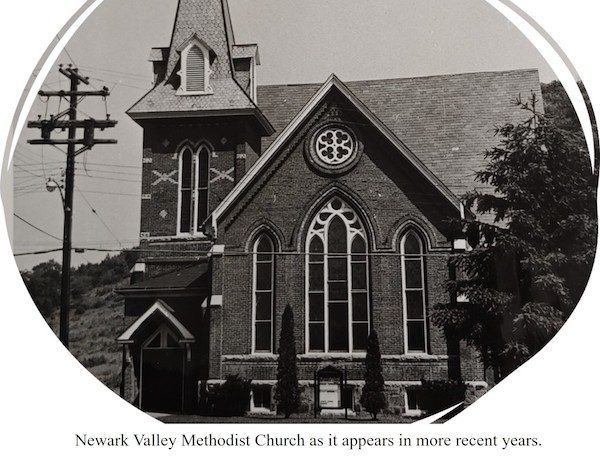
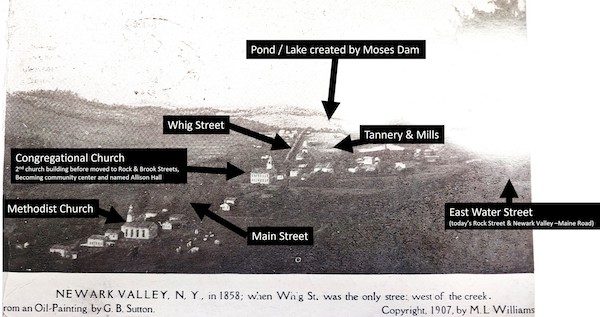
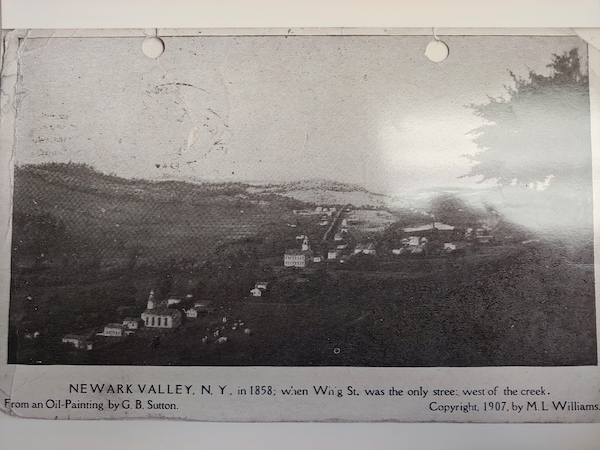

Be the first to comment on "Remembering Newark Valley from its Founding, Part 2; Newark Valley in Landscape Painting of 1858"